Making the most of Risograph printing
Since its inception in the 80s, Risograph printing has evolved to become one of the most popular and affordable printing methods used by illustrators today. No matter what kind of work you do, there will always be ways to take advantage of riso printing – whether to create new pieces of merchandise for your shop, or to increase your collection of eye-catching giveaways for self-promotion.
We share tips and insights of this exciting process with the help of Craig Proud, Director of Dizzy Ink. Established in 2015, the Nottingham-based creative studio champions print culture and helps many artists achieve their Risograph dreams. AOI members can now take advantage of our new discount with them, getting 10% off any prints and free next day courier delivery on runs over £100.
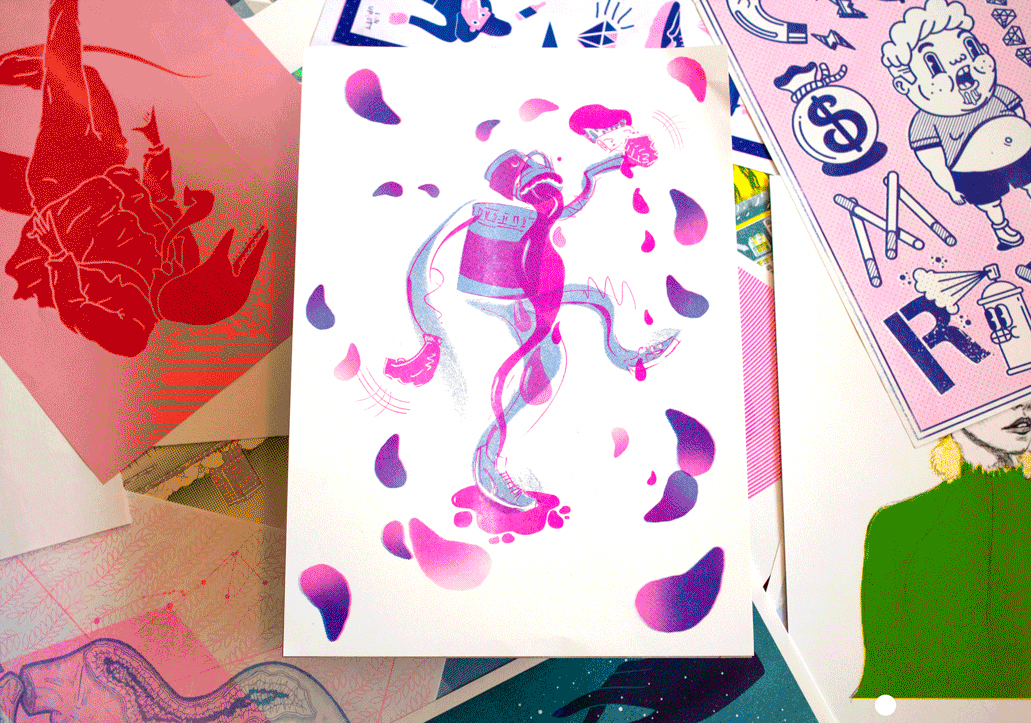
First things first – why Riso?
Or really, why not riso?
“Risograph is a super exciting medium for many different reasons: It oozes character, fizzes with texture and slaps you round the face with colour! You can spot Risograph prints from a mile away (approx!) and it’s got that saturated, vibrant quality of ink that your eyes are drawn to.”
As Dizzy Ink point out, Risograph printing can really be that vivid – the colours have a popping quality which is then mixed with the unique contrasts and half tones achieved in a photocopier.
“It’s also extremely cost effective compared to other printing methods that could give the same level of quality (such as screen printing or lithograph) so it’s worth having a go. The immediacy encourages a lot of experimentation and all round good fun.”
Whether you want to create a series of prints or a stack of business cards, there are endless possibilities of what can be achieved with this versatile machine and the help of a good studio (you can see some fantastic examples throughout the article).
Did we mention it’s also very environmentally friendly? The list of pros really goes on.
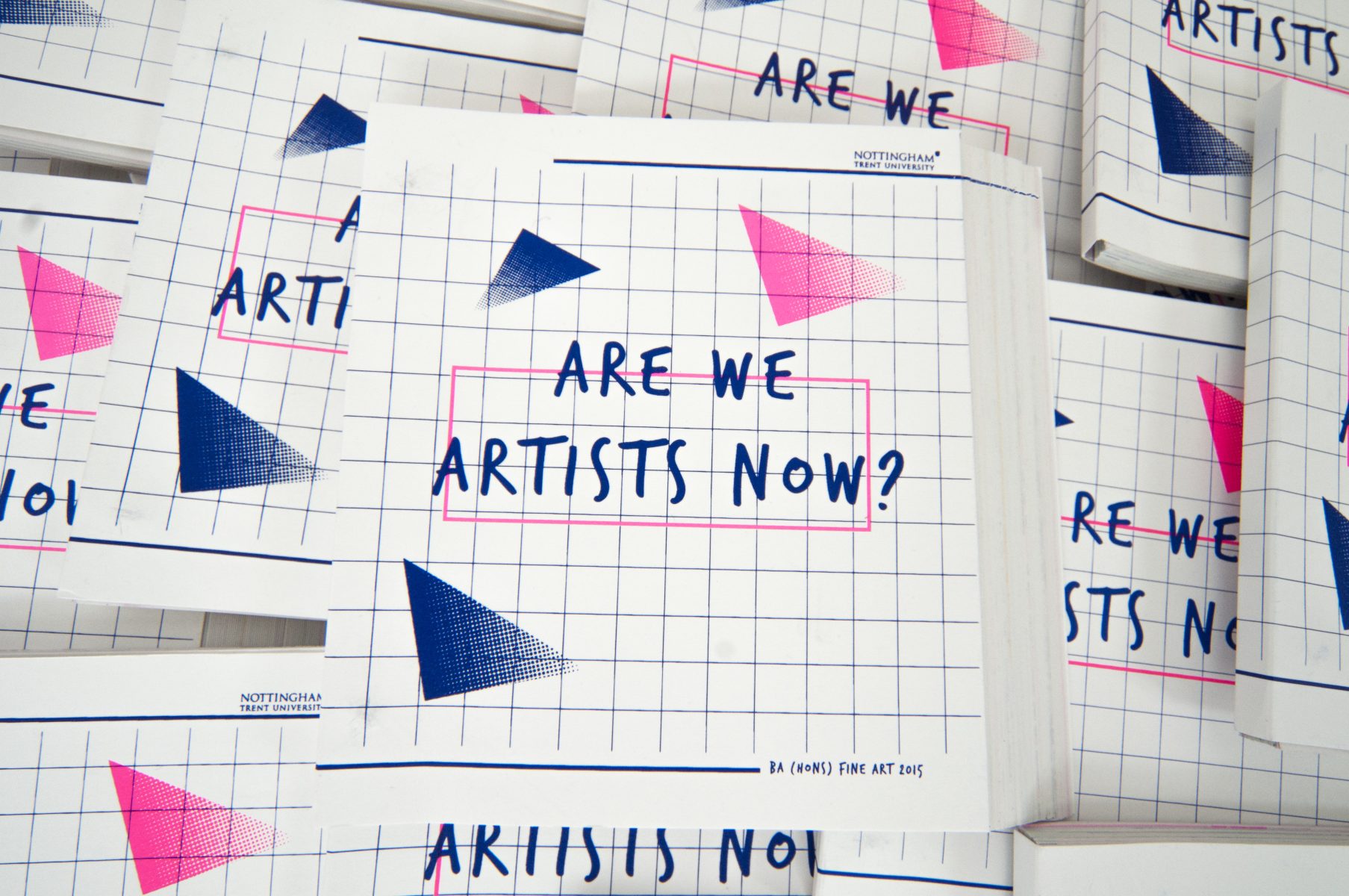
Tools and Resources
Dizzy Ink recommend to check out stencil.wiki – a complete atlas of all the studios set up around the world. This can help you get an idea of which studios are in your area, consult on the specifics of your print job and get a quote.
Make sure to also check out the studio’s Swatch Guide – this is usually a showcase of all colour drums available and their different tonalities (you can see an example of Dizzy Ink’s below). Sense check them against your own image(s) and decide whether the colours are close enough to your preference.
“Each studio makes their own swatch guide to advertise the colours they have, the papers they choose to use and the artwork/identity of themselves.”

Have time on your side
A rushed job can have a big effect on quality control. The most important thing you can do in any project (and especially in a print job) is to allow enough time for the order to be completed.
“If you’re using a studio that uses a machine that prints a single colour at a time, give them plenty of time before the next colour is added.”
Risograph layers require some time to dry properly before the next colour is applied on top, just like a screen print. Understand the process well and be patient of the studio’s timelines, especially if they’re have a busy period with other orders. Discuss a deadline that will work for both of you and set it in stone before the job begins.
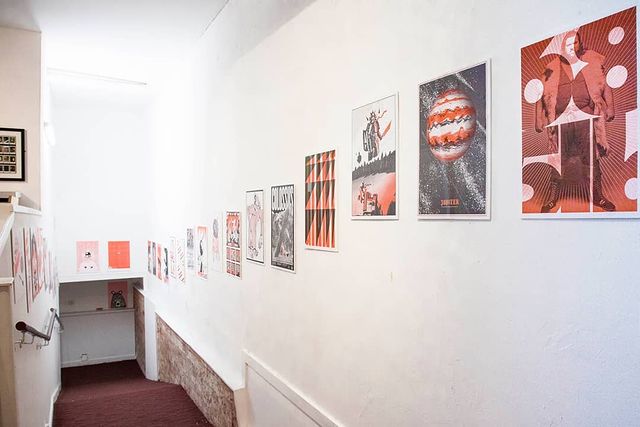
Ready to print? Consider these tips:
Risograph printing is all about economising, and this extends to the colours. Be creative with your colour combinations and always bear in mind that two colours can always intermix to create a third colour (e.g: Pink + Blue makes Purple, Yellow and Blue makes Green, and so on). This can help reduce the amount of layers needed and save on printing costs.
Likewise, experiment with opacities when setting your print files to achieve different grains and textures. If you rather have block colours and don’t want your artwork to be dotty, use 100% black for each colour or layer of your print.
“Overprint!”. We echo Craig’s advice here – like other printing processes, it’s not about having the perfect run, but about having a good quantity to choose your best prints from. It’s also wise to keep a few spares from your print run, in case you need them for giveaways or to just store in your own archive.
“If you’re making an art print, try incorporating the margin (non-printable area) into the design of your artwork. Use it to your advantage”. This can be useful for creating a pattern on a neutral background, or simply having the space required to sign your limited editions.
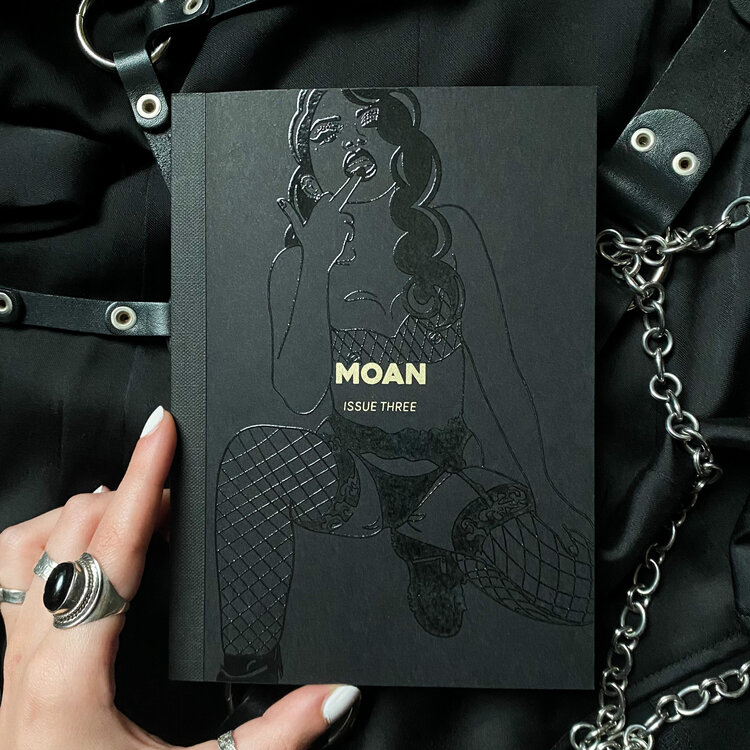
Get inspired!
Risograph projects can be very simple or extremely ambitious. Craig tell us about some of Dizzy Ink’s highlights:
“The first big project we did was for the Fine Art course at Nottingham Trent University which consisted on 500 hand-bound books with 7 different colours, screen printed cover and a thing called a stepped leading edge (which I’d worked out how to do). Still very proud of that one!”
The limited selection of colours can also provide opportunities to print BIG. “We curated a really nice exhibition named GIANT featuring 43 different artists from around the world, chosen from an open call. We printed them in Red & Black, had a dead canny exhibition showcasing the work and packed one of all the prints into mega-tubes which got sent to each of the participants – some recipients even put on their own exhibitions”
Lastly, riso printing can open doors for communities to get together and create a collaborative celebration. “One of my genuinely favourite projects we print is MOAN Zine, which a sex positive publication that focuses on female pleasure. We’re about to print its 4th issue, and seeing it grow from an idea into the thriving community it is today is exactly what zine culture is all about!”
What would be your ultimate dream project to print? Set yourself a goal and get started!
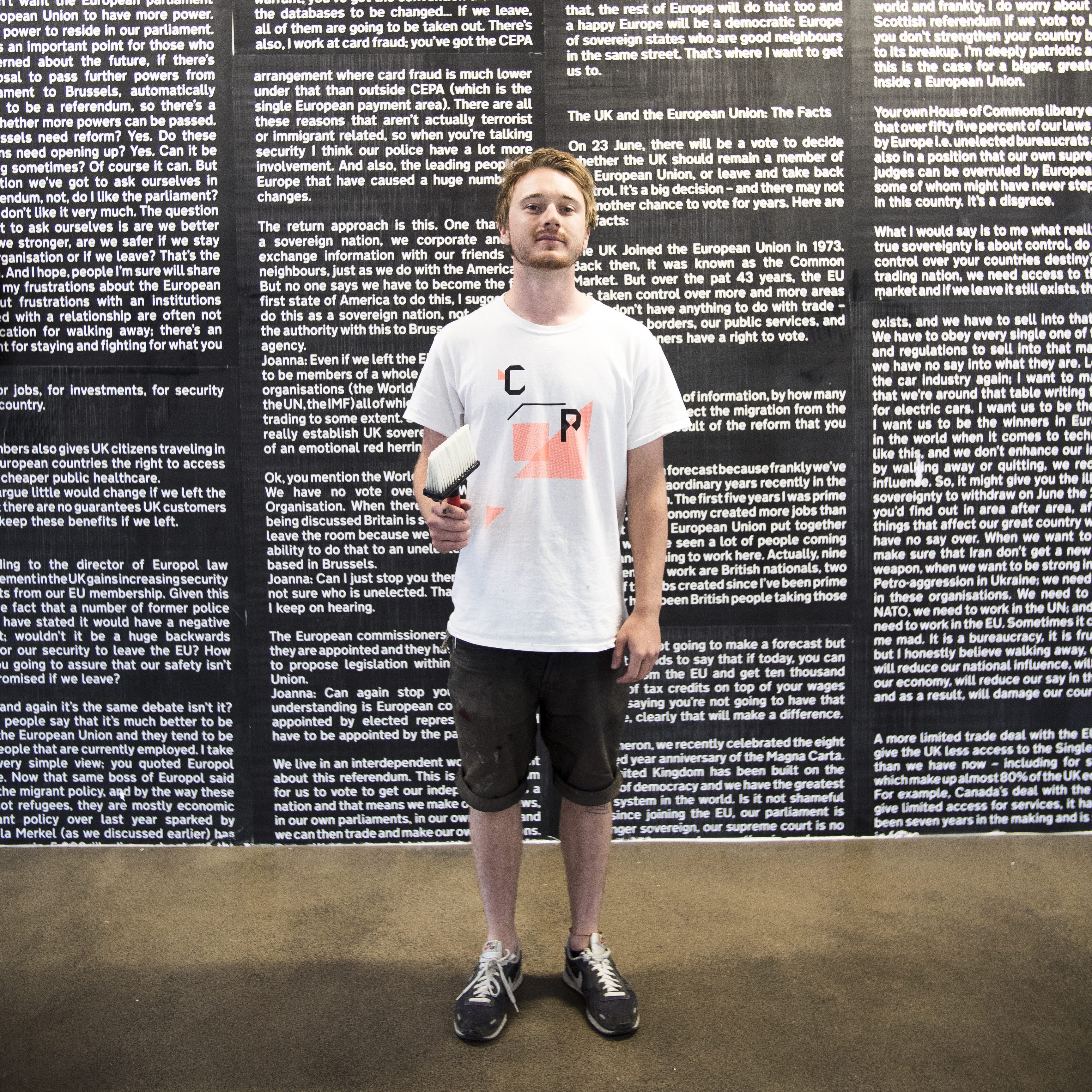
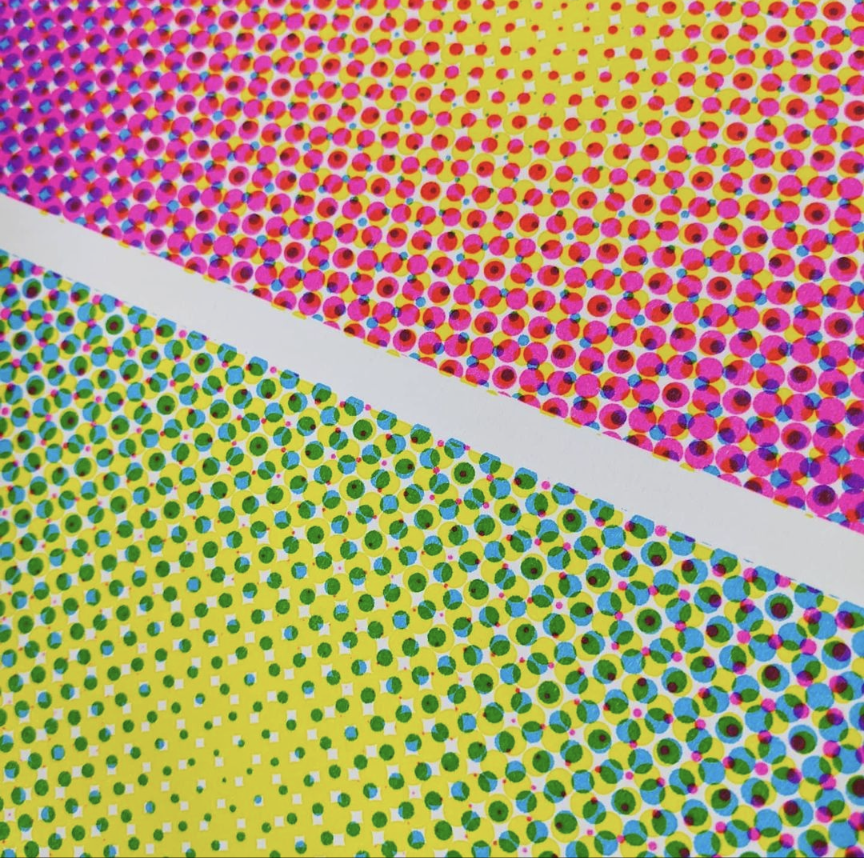
Many thanks to Craig Proud for taking the time in giving this interview.
If you are keen to do some Risograph printing why not use Dizzy Ink? They are kindly offering all AOI Members an exclusive 10% discount on any run, plus free next day courier delivery on print runs over £100. Find the code and all details here.
All photographs provided by Dizzy Ink.
Back to News Page
